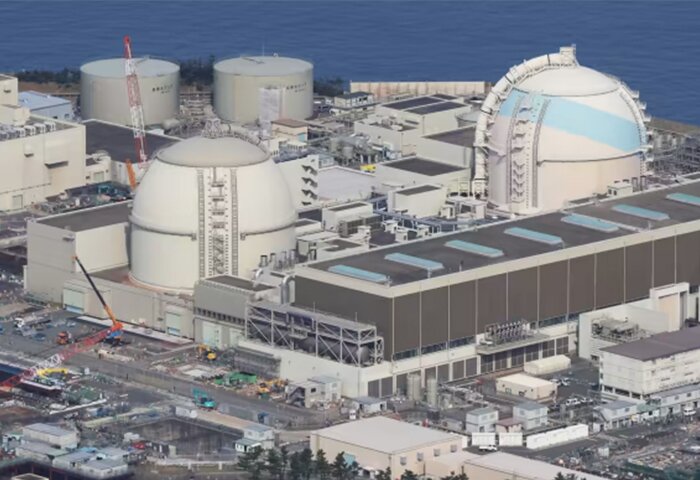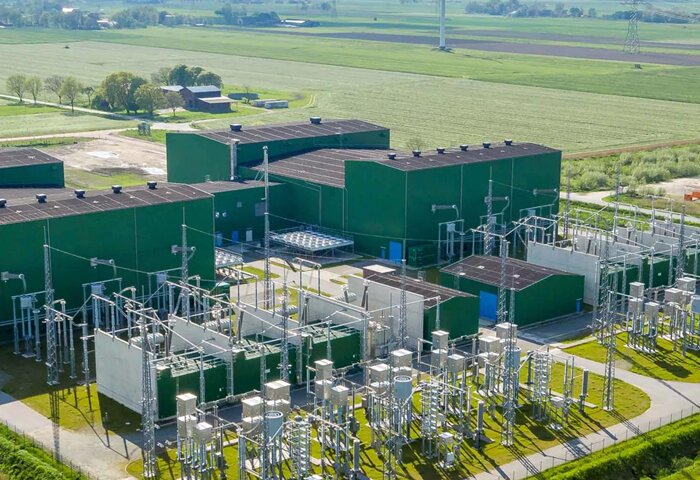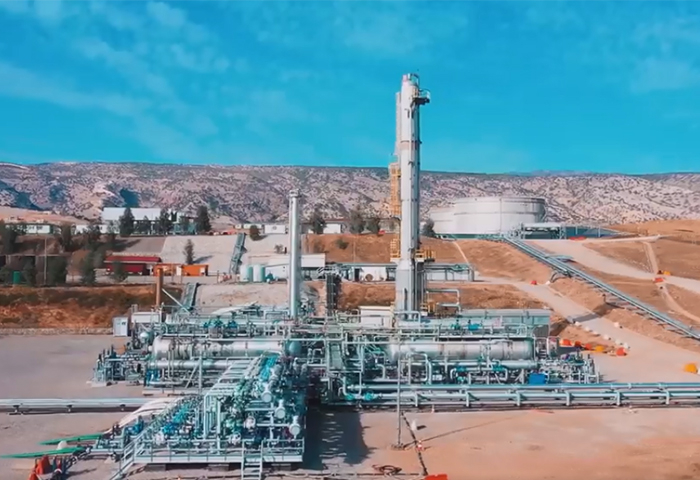Given rising fuel costs, energy supply uncertainties and the impending winter months, Japan is planning to turn to nuclear energy to tackle these challenges.
Japan’s industry minister Koichi Hagiuda has said that four more nuclear reactors will be added to deal with the potential power crunch.
“We would like to ensure the operation of a maximum of nine reactors, up from the current five operating now, by revising the construction and inspection periods for some of the nuclear power plants,” Hagiuda told reporters.
This follows after Japan’s prime minister Fumio Kishida during an earlier news conference had said that in order to secure about 10% of Japan’s total electricity demand during the winter period, up to nine nuclear reactors and an additional 10 thermal power plants need to be in operation.
Before the 2011 tsunami-driven disaster of the Fukushima Daiichi nuclear power plant, Japan had 54 nuclear reactors in operation generating 30% of its electrical power, and planned to increase that share to 40%. Since then, Japan’s nuclear reactors have remained idle. However, the pro-nuclear ruling Liberal Democratic Party (LDP) is now looking at ways to return to nuclear power as a viable energy source.
As of March 2021, only five plants with a total of nine reactors have gained the agreement of local residents to resume operations: Ōi and Takahama (Kansai Electric Power Company), Genkai and Sendai (Kyūshū Electric Power Company), and Ikata (Shikoku Electric Power Company). These plants are all based in western Japan and feature pressurized water reactors, which differ from the Fukushima Daiichi plant with its boiling water reactors. Since the 2011 disaster, Japan’s power companies have decided to decommission a total of 21 reactors.
Nuclear restarts require an extensive approval process overseen by regulators, as well as approval from local communities.
Another cause of concern for Japan's energy supply is the Russian seizing of the Sakhalin-2 oil and gas project in June. Sakhalin-2 supplies 9% of Japan’s liquefied natural gas.
Resource-poor Japan is dependent on about 90% of its energy supply as foreign imports, and with its currency at a 24-year low, oil and gas prices have shot up. The Japanese yen is trading at around 139 per US dollar, as the Bank of Japan is widely expected to maintain ultra-low interest rates at its July meeting. This at a time when other major central banks are racing ahead with aggressive rate hikes to curb surging inflation.
Chief Cabinet Secretary Hirokazu Matsuno said the government is concerned about the yen’s rapid decline and added that it will closely monitor the foreign exchange market alongside the central bank, but refused to comment on currency interventions. The yen also weakened after the ruling Liberal Democratic Party and its coalition partner Komeito boosted their majority in the recently held upper house election, signaling no change in current monetary settings. Moreover, higher-than-expected US inflation data bolstered expectations for even more aggressive Federal Reserve tightening, further pressuring the yen.
Also read: UAE and Japan explore low carbon growth opportunities
Also read: ‘Green Hydrogen Will Be More Competitive and Widely Used Globally’










